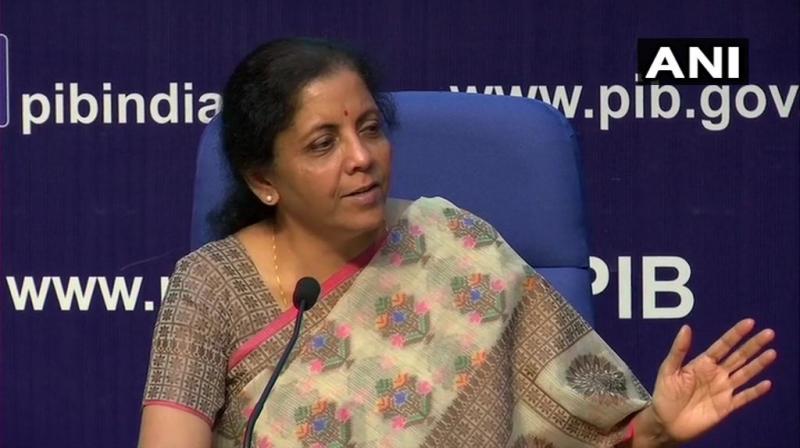Changes to expect after FM’s announcements on PSU bank mergers
Finance Minister Nirmala Sitharaman said, ‘We want banks with strong national presence and enhanced risk appetite.’

New Delhi: Finance Minister Nirmala Sitharaman on Friday announced a large list of PSU bank mergers as part of consolidation efforts. She said “We want banks with strong national presence and enhanced risk appetite.”
Reported by Hindustan Times, the banks mergers announced by the Finance Minister are as follows:
- Indian Bank to be merged with Allahabad Bank.
- PNB, OBC and United Bank to be merged (PNB will be the anchor bank).
- Union Bank of India, Andhra Bank and Corporation Bank to be merged.
- Canara Bank and Syndicate Bank to be merged.
The mergers are part of the government’s attempt to consolidate the public sector banks. In 2018, Centre had approved the merger of Vijaya Bank and Dena Bank with Bank of Baroda (BoB). In 2017, the State Bank of India absorbed five of its associates and the Bharatiya Mahila Bank.
So, what do the mergers mean for the bank customers? Here’s a look at what it means for the account holders:
Changes:
- New cheque book and debit/credit cards will be issued
- Your account number and customer IDs, as well as the associated IFSC codes may change
- As a result, you will have to update IFSC and other details with the income tax department, insurance providers etc
- Fresh bank mandate will be needed for EMIs and systematic investment plan (SIP).
- Fresh standing instructions for bill payments will have to be issued
- Your bank branch may move closer or farther.
- Bank stationery will change
- Savings account interest rate may change
Unchanged:
- Fixed deposit rates will remain unchanged for now
- If you are locked into a fixed deposit, you can continue till maturity on the same interest rate even if the deposit rates of the merged entity are higher or lower
- Loan rates will remain unchanged.
- In case of MCLR-based loans, the interest would be reset at the end of the reset period selected by the borrower.
Next Story

